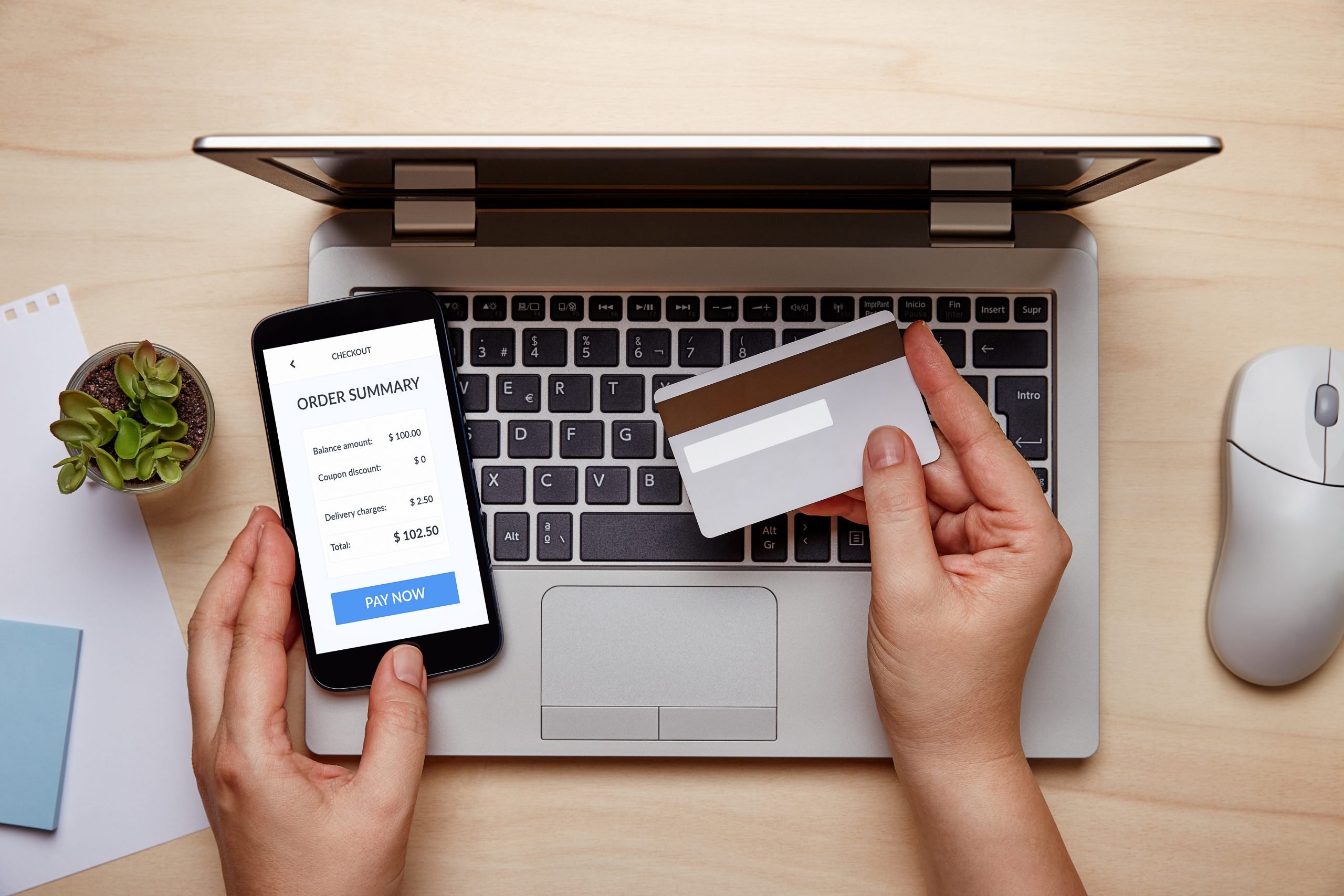Setting up an online payment form can be done in two ways: Pick a third-party solution or develop your in-house system. With both the options coming with their positives and negatives, it can often get challenging to decide between the two.
If you are also looking forward to setting up an online merchant payment form for your business, then read on to learn about the nitty-gritty of a payment form and how you can go about setting one up for your business.
What is an Online Payment Form?
As more businesses continue to move their processes online, they need to allow customers to make purchases and pay for services quickly and efficiently. These also include integrating solutions that work on multiple smart devices.
Unlike a full-scale shopping cart that you see on eCommerce platforms, an online form is usually more limited in its approach. These are designed for one-time or ongoing payments for services rendered to customers.
They are efficient and allow one to gather customer information at the time of payment, facilitating businesses to collect crucial data. Payment forms even enable storing credit card information, making recurring payments easier to execute.
Irrespective of the size of your business, a payment form can prove to be an asset if you are looking to expand the scope of your business to an ever-growing clientele.
Setting Up an Online Payment Form
Now that you know what online payment is all about let’s see how you can set one up for your business.
- Getting an Expert: Getting the coding, security, and connections right is critical. In addition, it’s important that you get an expert onboard to ensure that you set up a sound payment form.
- Set Up a Hosting Platform: Always ensure that you get the best secure hosting possible to set up your online payment processing form to protect critical financial information from getting leaked. Get an SSL certificate to enforce encryption that will make it harder to trace any information being exchanged between customers and the payment solution platform.
- Register your Site: Once the SSL certificate is set in place, be ready to register your site and get it up and running to accept online payments using an online payment form using a digital authentication service. It’s critical to have both the SSL certificate as well as a digital authentication service to certify that the site customers are transacting with is genuine, and their information is being encrypted for better protection of their financial data.
- Building the Online Payment Form: For this, you can either choose to buy software or hire a developer to help integrate the site’s payment functionality. Although a payment form doesn’t have as many moving parts as full-fledged shopping carts, you still need to have a ‘click to pay’ link and drive customers towards secure servers to initiate the payment securely.
- Set Up a Merchant Account: Setting up a merchant account will allow you to process payments on your website using credit and debit cards. If you want to enable multiple other payment options, you need a third-party payment processing partner to set it up.
- Setting up API Links: Once your merchant account is set, get API keys to help you link your secure form with the back-end processing of your payment gateway partners.
- Test and Launch: Never launch your online payment form without first testing the service with a combination of payment types and products to ensure that everything works as intended and the online payment processing is fully functional. Once you are certain of the functionality, you can launch the form for your customers.
- Provide Support: Even if you have built the most robust online payment form you possibly could, you should still have support phone numbers, email addresses, and chat options for customers to reach out to in case they face any issues. This is critical as it helps drive home the message that your business is legitimate and customers always have access to support should anything go wrong.
Now that your online payment form is set to accept online payment processing, here are a few tips to ensure that you make the best out of it.
- Make your Payment form easy to read.
- Always create a natural flow for your online payment form.
- Avoid confusing your customers by offering them a clear destination, e.g., submit now, pay now button, etc., to facilitate payments.
- Keep the process simple by having clear section headers instead of one long-form.
- Use a security logo on the website to increase customer trust.
An online payment form is the need of the hour for both small and big businesses to provide a better online buying experience to customers. Having one will help make your cash flow more efficient and increase overall customer satisfaction, resulting in more sales and repeat visits. Therefore, if you are still to implement or create your online payment form, it’s high time to do so if you want to scale your business to the next level.




